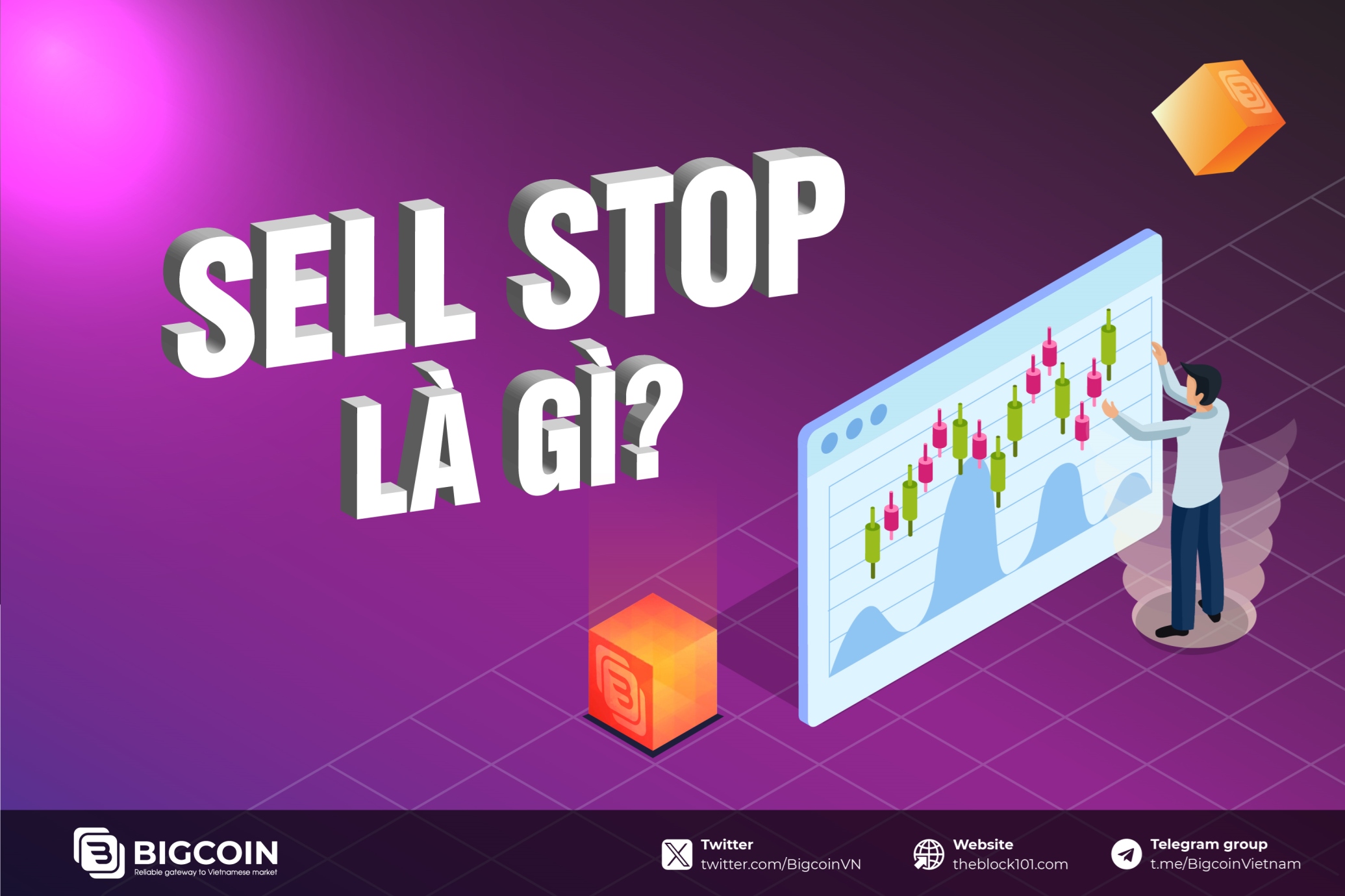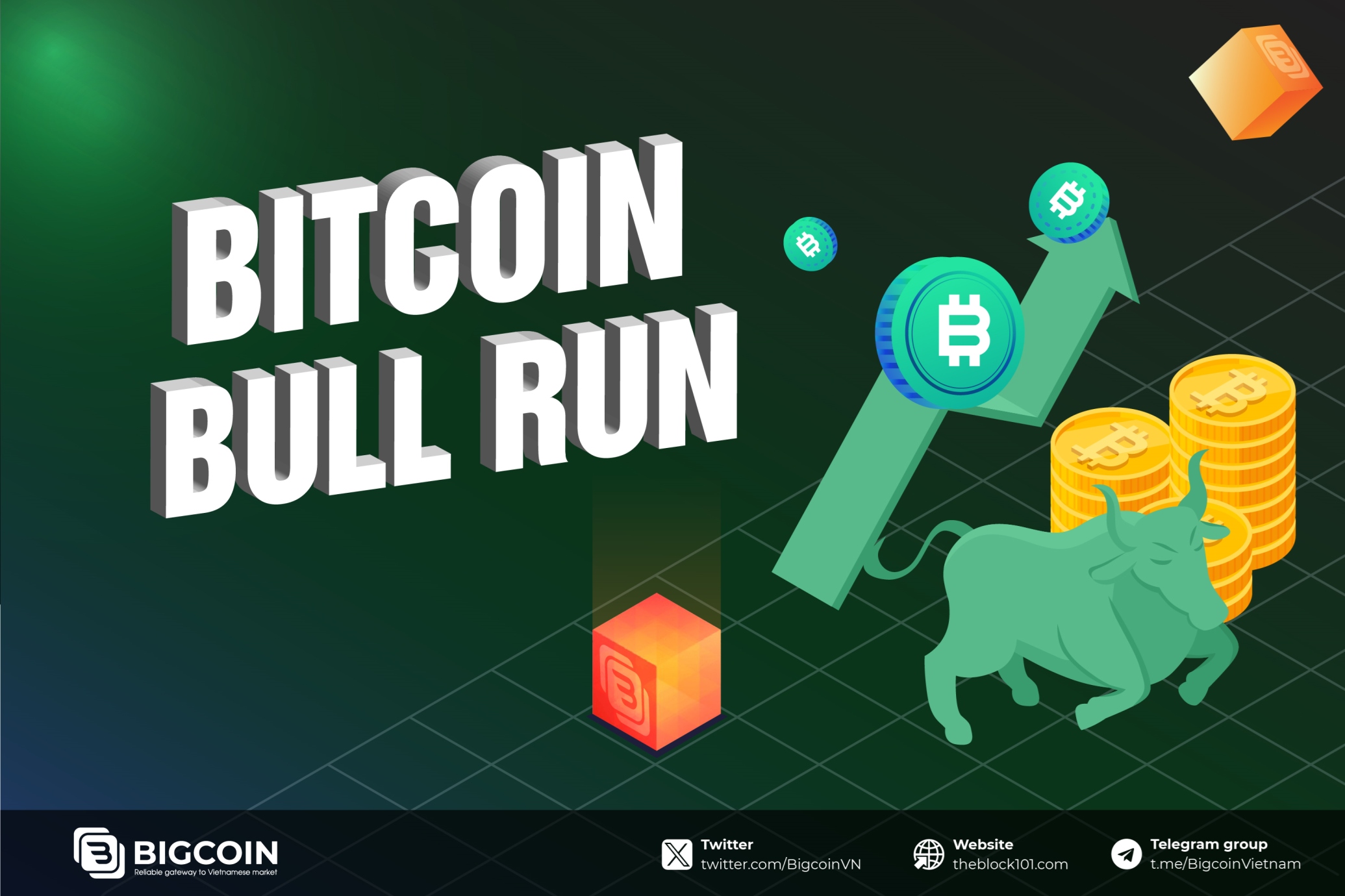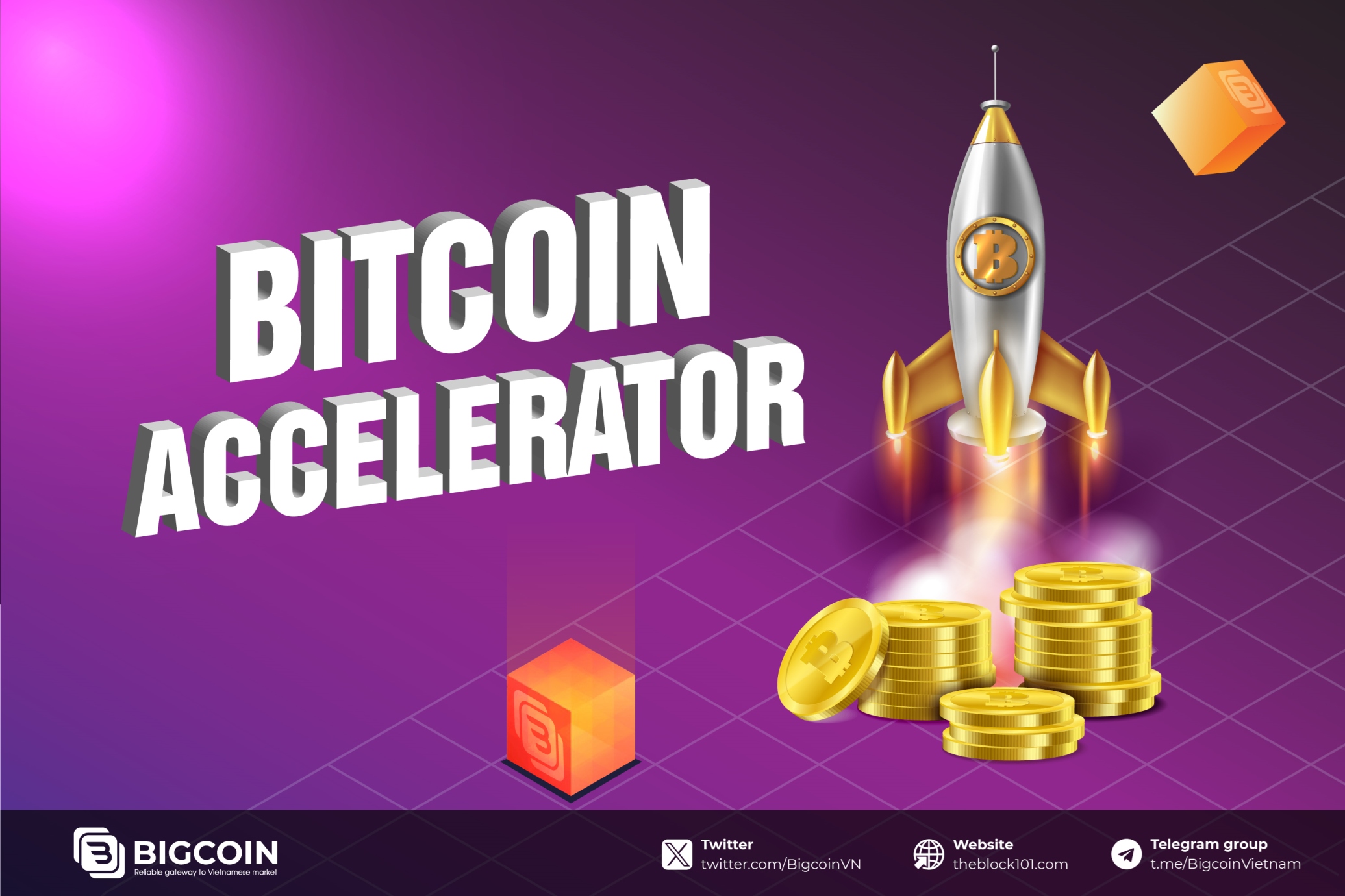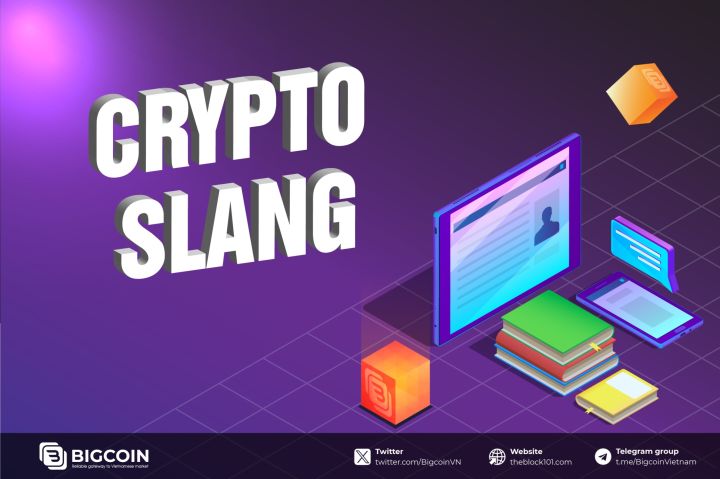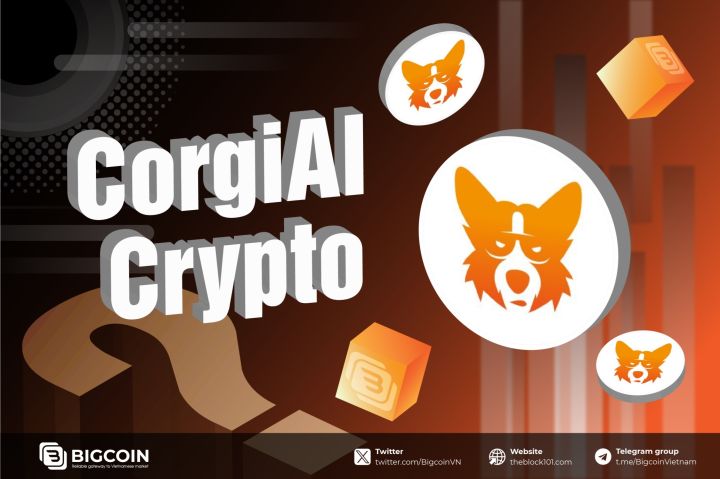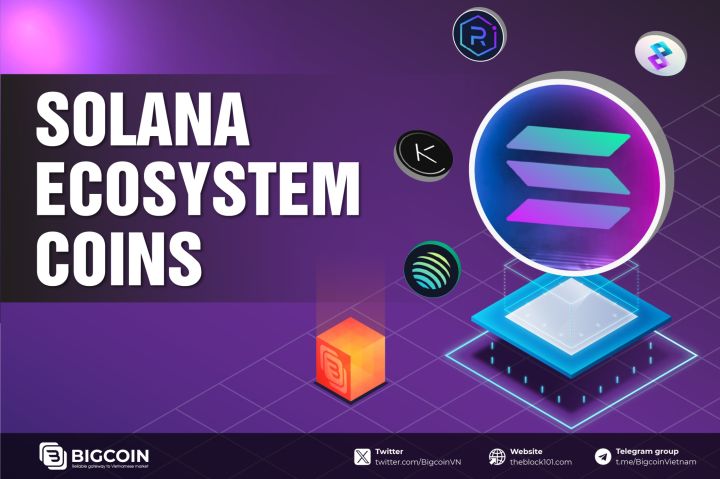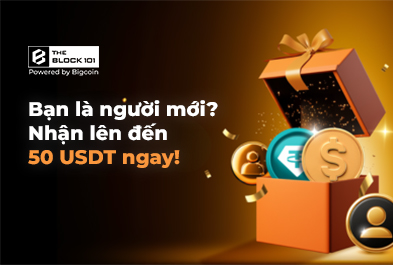1. What is Dynamic NFT?
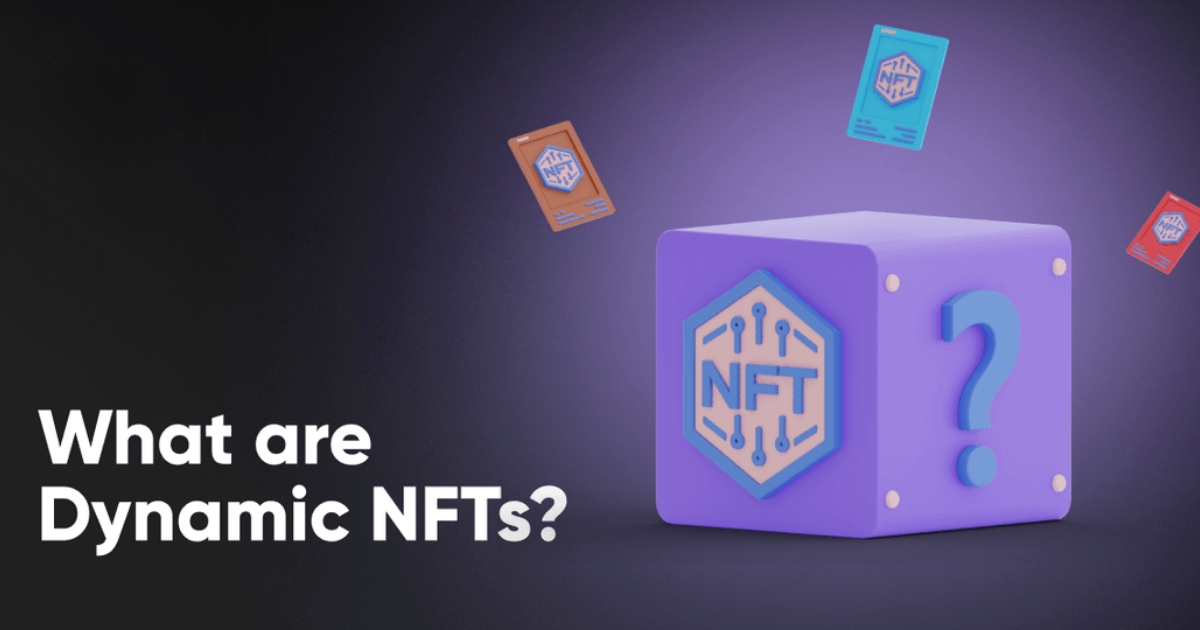
Dynamic NFTs (Non-Fungible Tokens) are an upgraded form of NFT tokens. With Dynamic NFTs, the uniqueness of a digital asset is not only defined by a fixed image or video but also has the ability to change and update over time.
In Dynamic NFTs, the content of the digital asset can be adjusted or altered through mechanisms such as information codes, smart logic, or user interaction. This creates a unique and interactive experience for NFT owners. With Dynamic NFTs, users are not just viewers but also participants in the creation process or interaction with the digital asset.
Dynamic NFTs open up new opportunities in digital art, entertainment, sports, and even e-commerce by introducing diversity and flexibility that are not present in traditional fixed NFTs.
2. How Dynamic NFTs work?
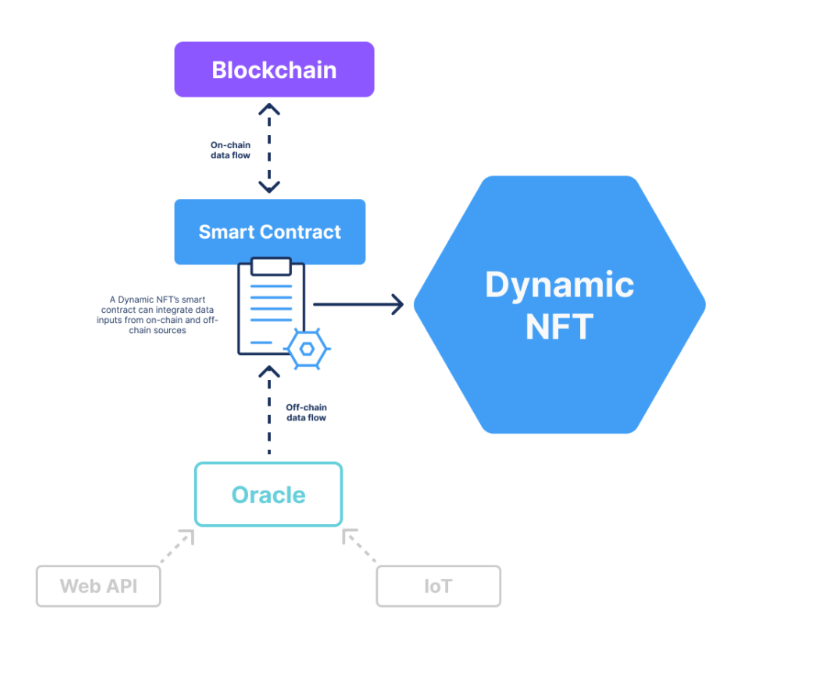
Dynamic NFT operates based on blockchain technology and smart contracts to create a flexible and unique environment for managing digital assets. The operation process of Dynamic NFT include:
Firstly, Dynamic NFTs are created using smart contracts on blockchain platforms such as Ethereum, Binance Smart Chain, and others. Smart contracts are self-executing programs stored on the blockchain, allowing for the automation of tasks and actions, including managing Dynamic NFTs.
Once created, each Dynamic NFT is attached to a unique identifier on the blockchain, which cannot be copied or altered. This helps track ownership and history of Dynamic NFTs accurately.
The smart contract managing Dynamic NFTs contains code specifying the conditions under which the NFT will change. These conditions can be set to change over time or based on specific events specified by the owner in the smart contract.
When the conditions in the smart contract are met, the Dynamic NFT will change according to predefined rules. This change may include altering features or value of the Dynamic NFT.
All changes made to the NFT are recorded on the blockchain and can be tracked by anyone with access to the blockchain network. This ensures transparency and enables easy and transparent tracking of the history and ownership of Dynamic NFTs.
3. Difference between Dynamic NFT and Static NFT
.png)
The difference between Dynamic NFTs and Static NFTs can be seen in the way they are created, managed and interacted with:
| Differences | Dynamic NFT | Static NFT |
| Dynamic and static properties | Dynamic NFTs are capable of changing over time. This enables them to interact with users and the environment around them. | Static NFTs do not change after they are created. They retain the original attributes and content without any alterations. |
| Creation process | Dynamic NFTs are typically created using smart contracts on blockchain platforms, enabling the specification of conditions and rules under which the NFT will change. | Static NFTs are also created through similar processes but lean towards preserving the fixed nature of the digital asset |
| Accessible ability | Dynamic NFTs enable direct interaction between owners and users, even allowing participation in changing their content and features. | Static NFTs have less interactivity, often limited to viewing and owning digital assets without dynamic interaction capabilities. |
| Application | Dynamic NFTs are often applied in fields of high interactivity such as vibrant digital art, electronic gaming, and e-commerce. | Static NFTs are typically used in cases where dynamism and interactivity are not necessary, such as owning digital artwork or exclusive ownership certificates. |
4. Benefits and risks of Dynamic NFTs
.png)
4.1 Benefits
Dynamic NFTs (dNFTs) have a range of benefits for both owners and creators. Some of the key benefits include:
-
Firstly, Dynamic NFTs offer high interactivity due to their flexibility and ability to change. This makes them more appealing and engaging for collectors. Also, thanks to their flexibility, Dynamic NFTs are used in digital art, gaming, social networks, and other services. This turns dNFTs into a powerful tool for developers to deliver exciting experiences to their users.
-
Secondly, Dynamic NFTs provide programmability, meaning developers can define rules on how NFTs operate. They also offer high automation capabilities, providing a platform for developing new applications in various industries. For example, a Dynamic NFT can represent a character or item in a game that continuously evolves and gains new abilities based on the player's progress.
-
Finally, Dynamic NFTs generate significant income streams as substantial commission fees for artists and authors based on user usage and continuous interaction with their NFTs.
-
In summary, dNFTs are not just a tool for creating and managing digital assets, but also open up new opportunities and provide multidimensional benefits for both owners and creators.
4.2 Risks
Although there are more advantages compared to static NFTs, dNFTs also have some prominent limitations:
-
Complexity: dNFTs require a higher level of technical knowledge to create and manage, indicating they are more complex than traditional NFTs.
-
Smart Contract risks: Heavy reliance on smart contracts makes dynamic NFTs vulnerable to attacks, potentially leading to loss or compromise of NFT integrity.
-
Compatibility limitations: With Dynamic NFTs still being relatively new, compatibility between blockchain platforms and markets is not yet fully established, creating limitations in usage and transactions.
-
Difficulty in valuation: Pricing dNFTs is often challenging as their value can fluctuate over time and depend on conditions within smart contracts.
-
High gas fees: More complex computation in processing dynamic NFTs can lead to increased gas fees, resulting in higher costs for users.
5. Some applications of Dynamic NFT
.png)
dNFTs have attracted in the crypto community due to their applications in the art sector, presenting digital artworks with incredibly impressive interactive capabilities. However, beyond the realm of art, dNFTs are widely applied in several fields such as:
5.1. NFT PFP
.png)
NFT PFP (Non-Fungible Token Profile Picture) refers to a personal profile picture represented by a non-fungible token. In this case, the profile picture is encoded as an NFT, meaning it is unique and cannot be replaced or exchanged on a one-to-one basis with other tokens.
NFT PFPs are often used in applications and platforms related to blockchain and cryptocurrency, such as decentralized social networks or blockchain games. Users can own and use NFT PFPs to represent themselves in online communities, often holding personal and financial value.
Dynamic NFTs enhance NFT PFPs by adding dynamic features that can change or adapt to specific conditions. Dynamic NFT PFPs can be designed to display animated images or special effects, creating an impressive display and stimulating user interaction. A Dynamic NFT PFP can change colors or display special effects when the owner interacts with it.
5.2 Application in gaming field
.png)
Dynamic NFTs bring many creative opportunities for both developers and players in the gaming industry. One of the important applications of Dynamic NFTs is in creating interactive and unique in-game items.
In blockchain games, Dynamic NFTs can be used to create items that can change over time or based on the actions of the players. For example, a weapon may have the ability to upgrade or change attributes as players complete certain tasks. This creates a unique and interactive gaming experience, where players can customize and improve their items in their own way.
Furthermore, Dynamic NFTs can also be used to create characters that can evolve and change over time. This creates a personalized and exciting gaming experience, where players can create characters according to their style and preferences.
5.3 Application in the field of art
-min.png)
One of the most popular applications of dNFTs is in creating art collections that can change, reflect colors, or have temporary characteristics based on location, season, or even temperature. This makes the artworks unique and haves a strong impression on those who appreciate them.
dNFT art pieces can also simulate experiences of real artworks, requiring audience interaction to maximize the experience. With interactive capabilities, dNFTs allow viewers to interact and explore the artworks in a personalized manner, thus creating a multidimensional and immersive exhibition experience.
6. Examples of Dynamic NFTs
.png)
Some notable projects that utilize dNFTs include:
- CryptoKitties: This is a dNFT-based game that allows users to buy, sell, and breed digital pets. Each cat is represented by a dynamic NFT that can change over time. Therefore, token holders can update the appearance, genetics, or personality of their cats.
- Dynamic LaMelo Ball NFT: This is a type of dynamic NFT created specifically for the famous basketball player LaMelo Ball. LaMelo Ball's dynamic NFT includes elements such as images, videos, statistics, and personal information. These details can be updated and changed to reflect the latest achievements and important events in LaMelo Ball's career.
- Fundraising campaign: In December 2021, Regenerative Resources, a company striving to use dynamic NFTs to raise funds for mangrove conservation, released NFTs for an original short film containing only a single frame. However, new frames will only be added each time the film is resold, which will continue until the film is completed.
- ArtBlocks: This is a Web3 platform for artistic creators. Projects on this platform use dynamic NFTs to create works that combine art and computer programming.
7. Conclusion
In summary, dNFTs represent a significant advancement in the evolution of Non-Fungible Tokens (NFTs), providing unprecedented experiences for users. Their flexibility and continuous adaptability not only attract owners but also offer diverse applications in various fields. Despite facing numerous challenges, it's undeniable that Dynamic NFTs are significantly impacting user experiences in both the digital and real worlds.
Read more:

 English
English Tiếng Việt
Tiếng Việt.png)


